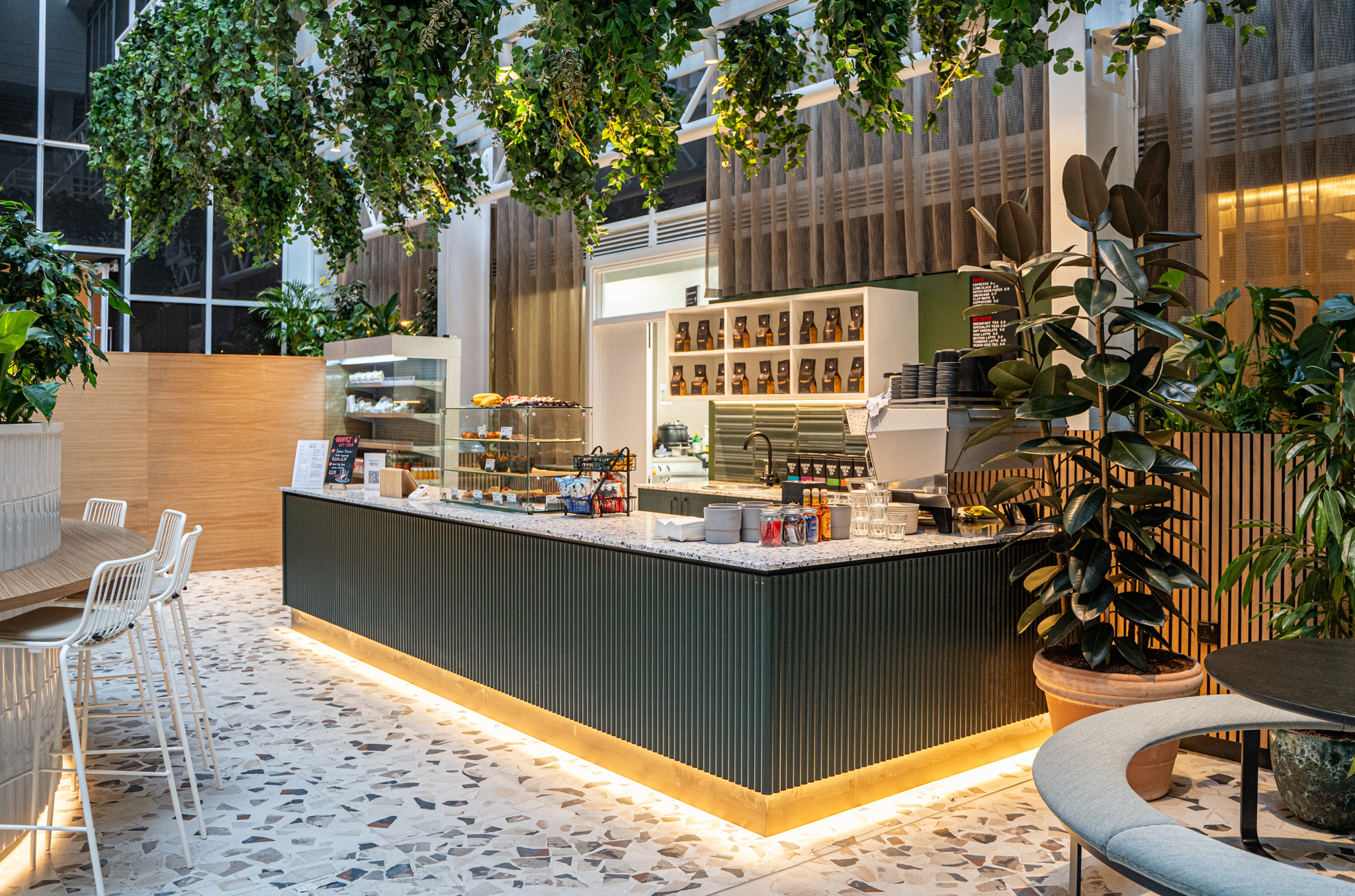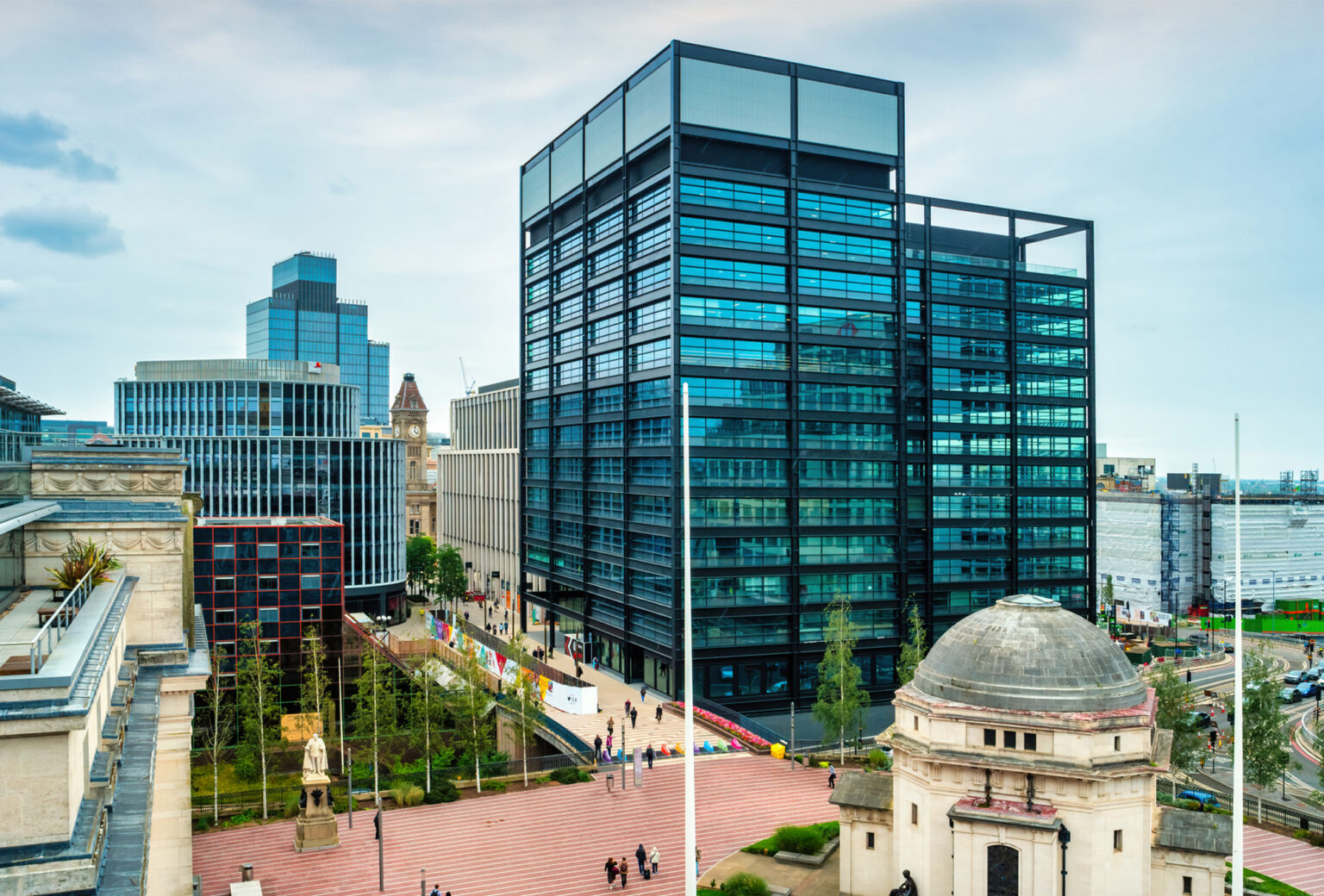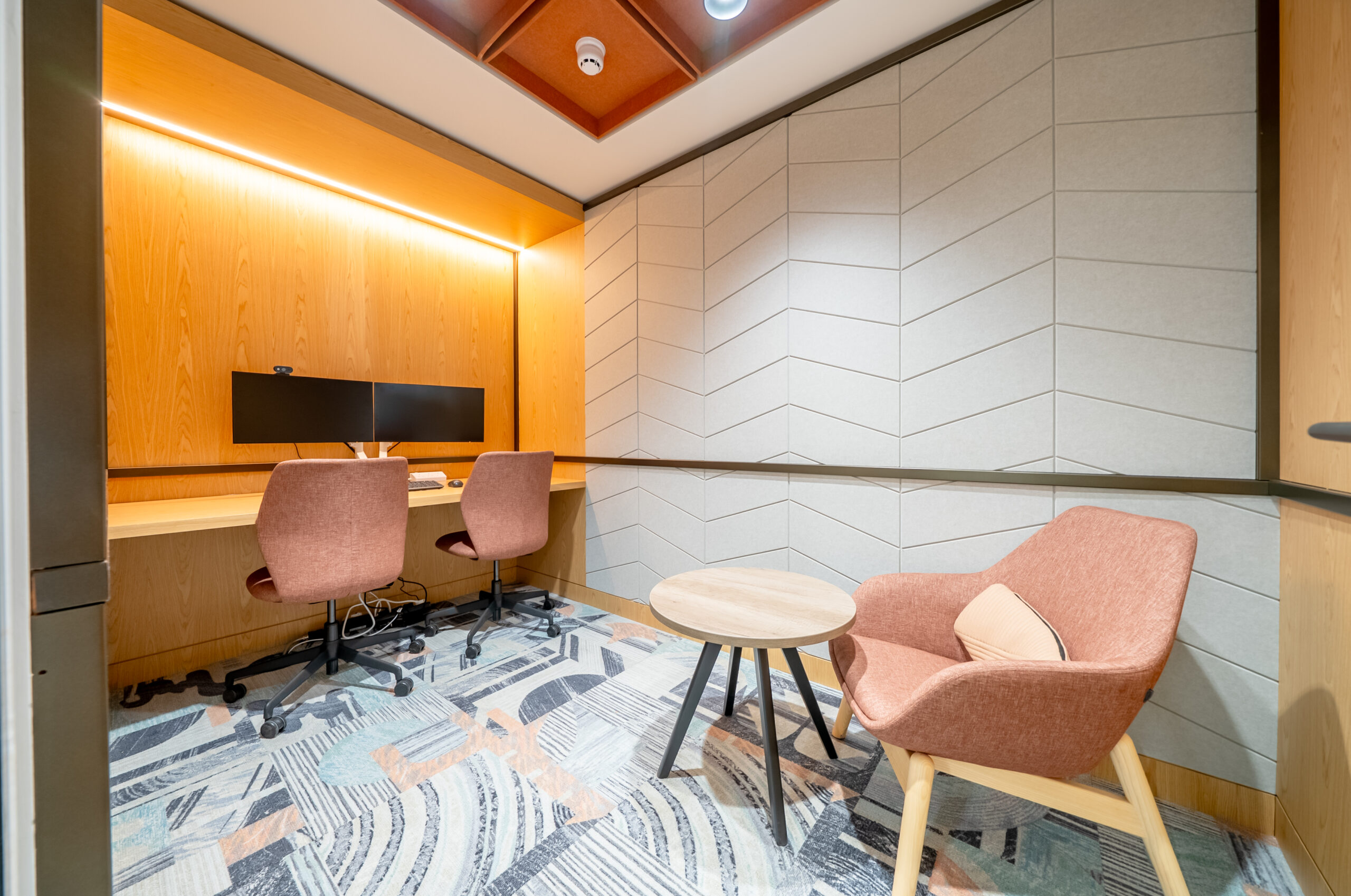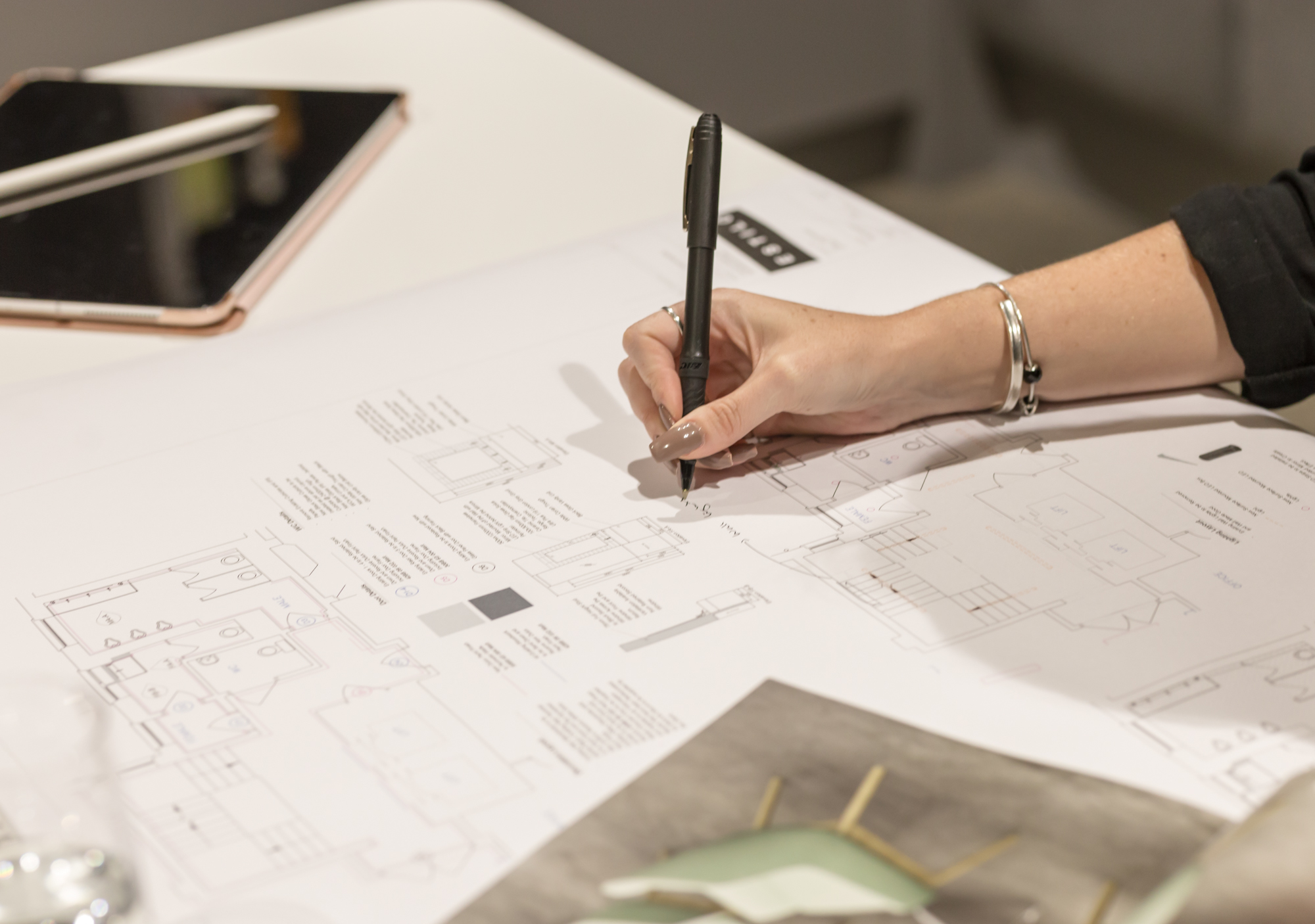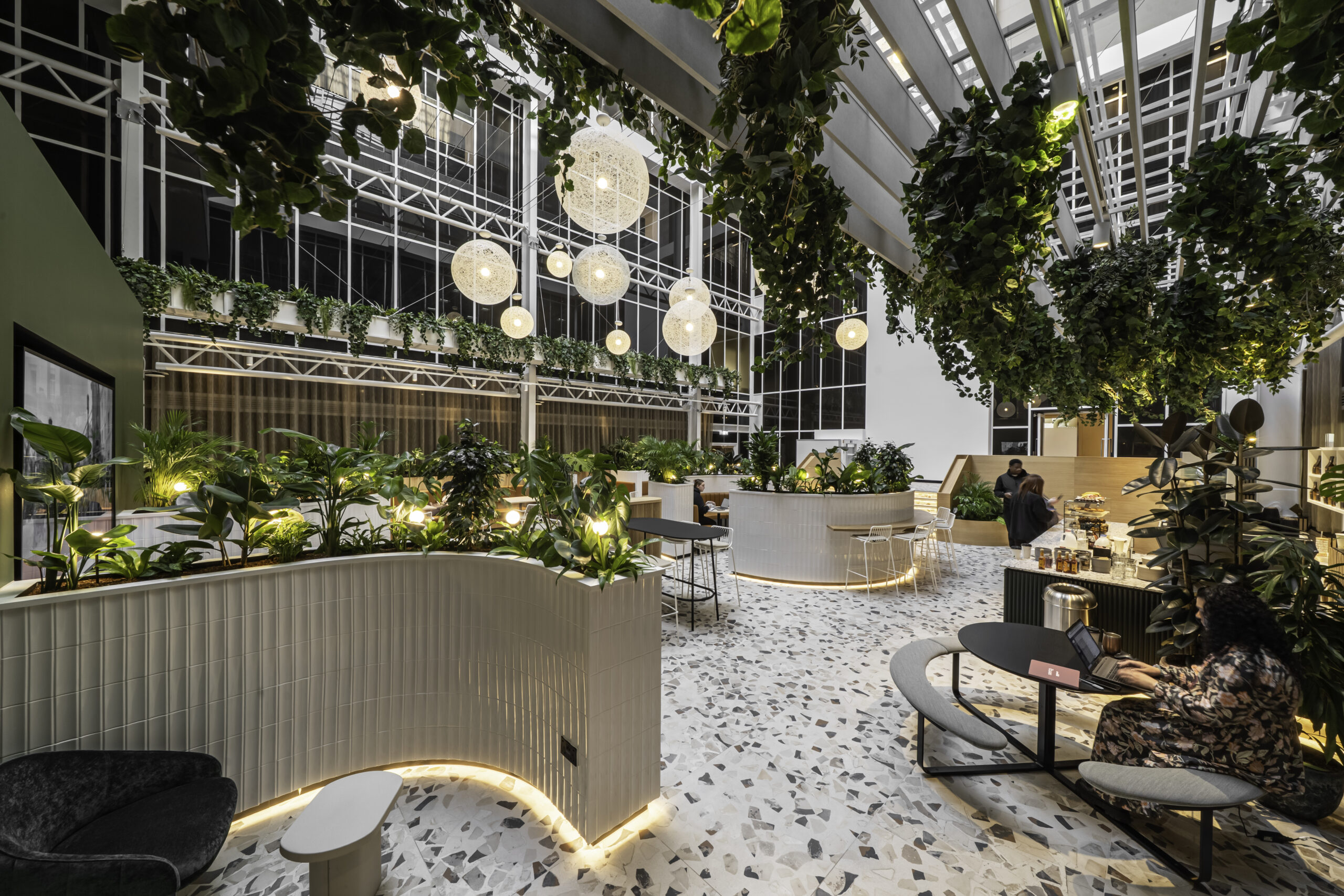In the post-pandemic era, the modern office is being re-imagined: no longer just a place to sit and type, but a destination to engage, attract and retain. Yet as more buildings race to add cafés, gyms, roof terraces and slide-in-lounges, we have to pause and ask: are we truly enhancing a meaningful workplace experience — or simply staging theme-park style gimmicks?
At Estilo Interiors, we’ve seen firsthand how fit-out briefs have shifted in recent years: landlords now often ask for more “Wow” amenities to support leasing; occupiers demand spaces that are Instagram-worthy as much as functionally effective. But to ensure real value, the question remains: what office amenities do employees and tenants actually want — and which investments drive performance, attendance and culture?
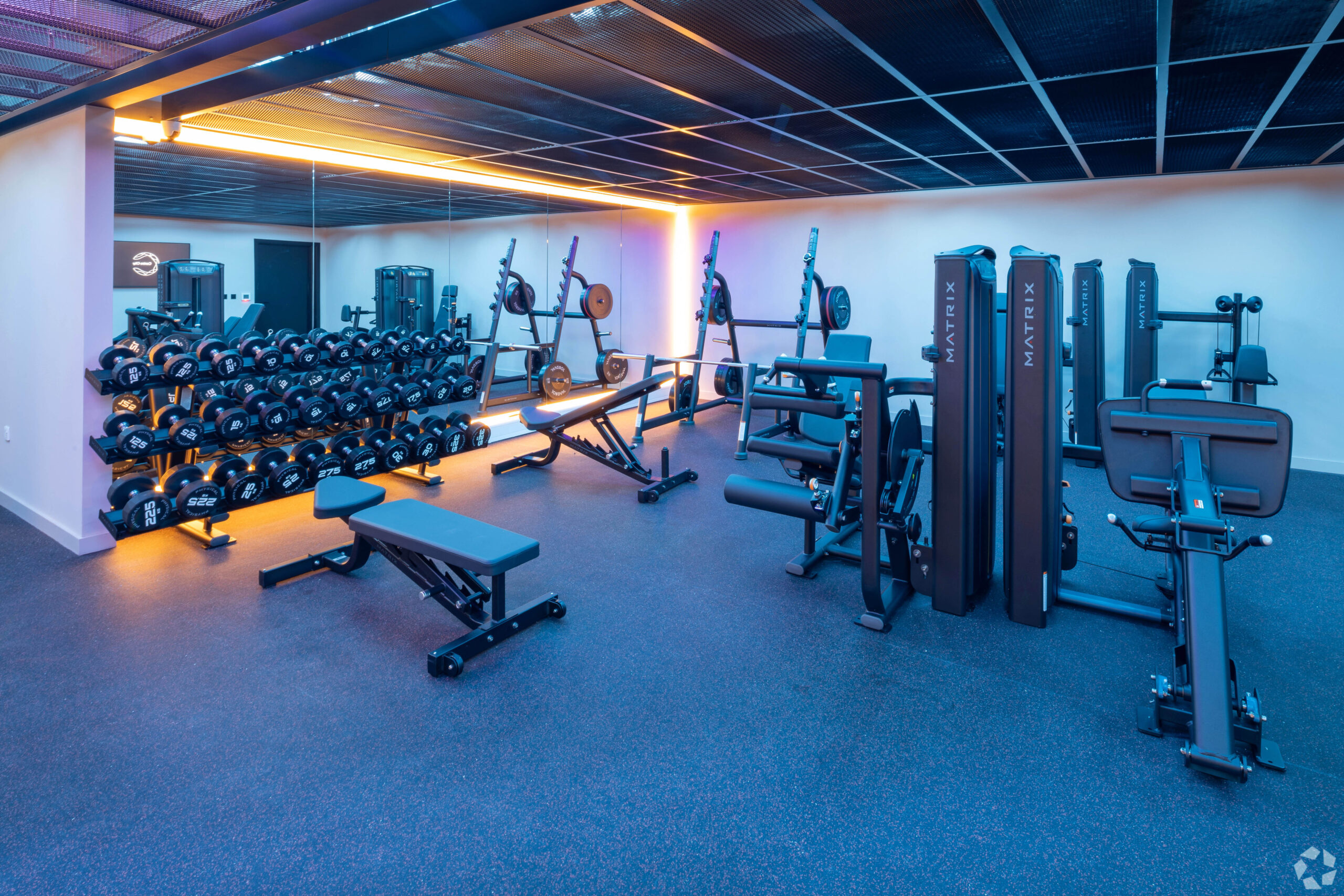
The Drivers: What’s fueling this “arms” race?
A number of factors are combining to drive what many industry commentators are calling an “amenity arms race”.
-
Hybrid working & uncertainty: As employees spend less time in the office, organisations and landlords feel pressure to make the office more compelling — to draw people in and justify the cost of space. For example, a global survey by MRI Software of over 6,000 workers found that 64 % said ‘hotel-style’ amenities impact their decision whether to work for an organisation.
-
Competition for talent: Especially in high-growth sectors, companies believe that best-in-class amenities signal brand, culture and differentiation.
-
Landlord/asset value thinking: Upgrading amenities is seen as a way to boost asset attractiveness, reduce vacancy and enhance lease terms. For example, the “arms race” piece by Northpoint points to rising tenant improvement allowances and increasing spend on high-end amenities.
-
Changing employee expectations: The “office” is no longer only about a desk + chair; many employees now expect spaces that support wellbeing, social connection, flexibility and experience. For instance, a survey by Knight Frank, found that 48 % of UK workers valued a kitchen space in the office where they could prepare better food, not just a meal deal or a Pot Noodle!
So far, so intuitive. But the crucial caveat is this: just because you can install a golf simulator, climbing wall, inter-floor slide or full gym, doesn’t mean it will deliver the workplace experience or return on fit-out investment. That’s where the data and our practical experience come into play.
What the data really tell us: what amenities matter most?
Let’s cut through the noise and look at what the research says employees and occupiers actually value – and, equally importantly, what features appear to matter less (or risk being under-utilised).
What matters most
-
According to a UK survey by Workthere of 1,000 workers, the top office amenities people look for when applying for a job were parking (32%), catering facilities (31%), free coffee (24%), outside space (24%) and on-site gym (22%).
-
From Tally Workspace (via their 2025 insights) the standout amenities are showers & bike storage, great coffee, breakfasts & snacks, plenty of bookable meeting rooms, outside space / biophilic design, communal/café lounges and yes, gym/wellness access (but framed in broader wellbeing).
-
Cushman & Wakefield highlights that of 40 workplace attributes studied, only about 20-25% drive meaningful value in terms of experience. In short, not every amenity is equal.
-
Further, European search data by Studio Alliance found that privacy features (conference rooms, private offices, lockers) topped objective demand metrics — suggesting that while flashy perks get attention, functional features are highly sought.
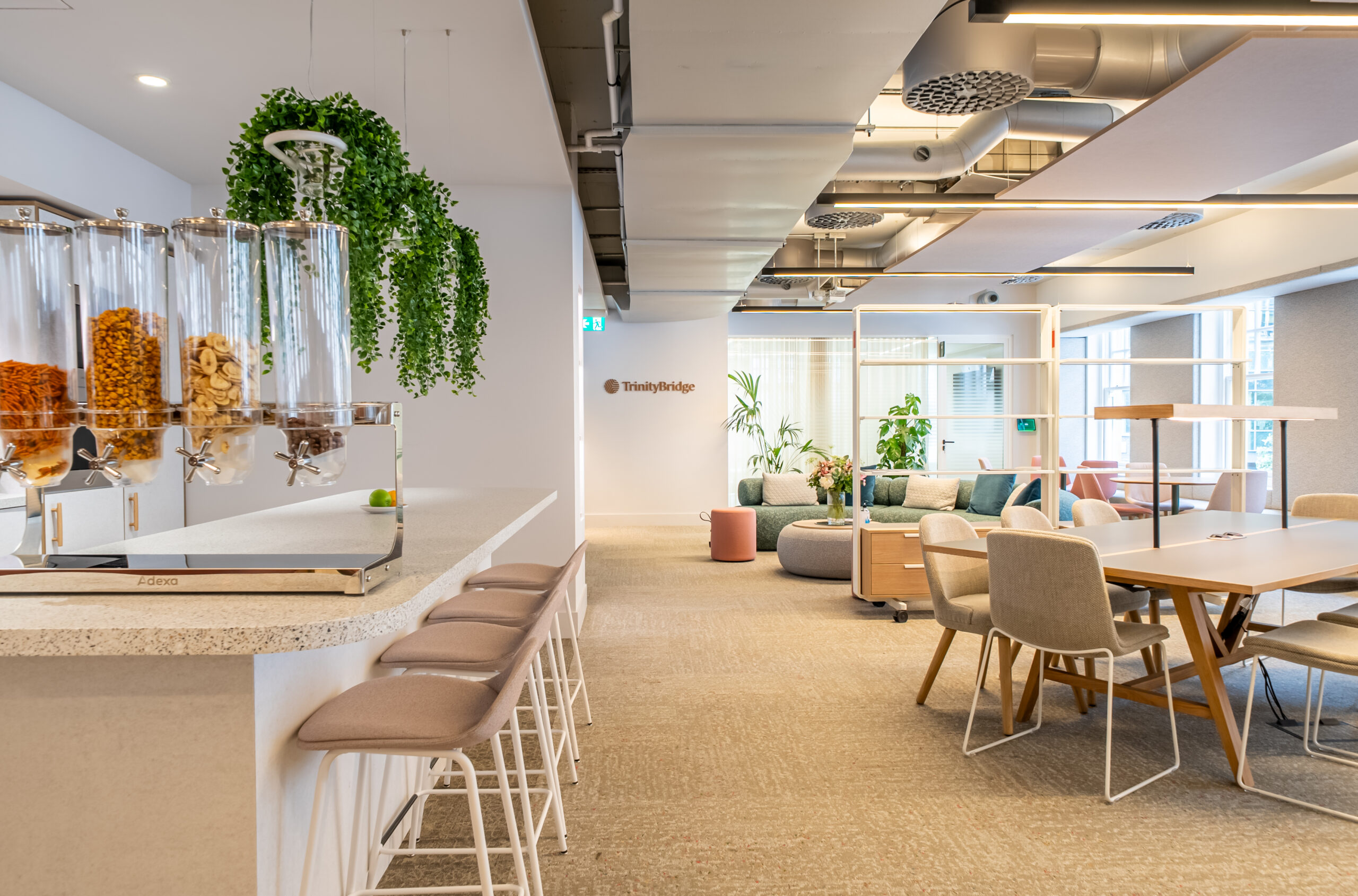
Features that may be less effective / risk under-utilisation
-
The MRI survey lists a full gym as desired by only ~21 % of respondents.
-
Some of the more extravagant “theme park” style amenities (slides, climbing walls, golf simulators etc) are noted in commentary pieces as being more about marketing than measured utilisation.
-
Office Hub cautions that not all amenities are valued equally and organisations need to tailor by asking their own employees what they want.
From the data, a pattern emerges: amenities that support daily comfort, functionality, wellbeing and connection tend to matter more (and broadly) than pure novelty or “wow” factors. In other words: make the workplace worth arriving at rather than make it into a destination in its own right.
A checklist: How to navigate the amenity-arms race wisely
Here are six practical considerations we recommend when planning major fit-out or refurbishment projects:
-
Start with data & user input
Conduct employee surveys, usage data from existing space, and stakeholder workshops. Don’t assume that what “everyone else” is doing will deliver for your culture. -
Tier your amenities
Identify and allocate time/budget accordingly:-
Must-haves (connectivity, meeting rooms, quiet space, biophilia)
-
Should-haves (kitchens/breakout, bike storage/showers, outdoor terrace)
-
Nice-to-haves (full gym, slide, golf simulator)
-
-
Focus on adaptability
Spaces should be flexible: bookable, convertible, future-proof. For example, breakout spaces during the day might host events after hours. -
Measure and iterate
Post-move in, implement sensors, booking data or user feedback to identify which spaces and amenities are used — and which are under-performing. Then re-allocate the budget in future phases based on evidence. -
Consider cost vs value
High cap-ex amenities may attract attention but may not deliver proportional value in retention or productivity unless well-integrated into culture and programme. The Cushman report emphasises that only a fraction of amenity options drive real value. -
Tell the story
Office amenities matter also from a marketing and branding perspective: leasing materials, employer brand and social media. If you add a café, a terrace or a coworking lounge, ensure you promote how those spaces will be used (events, collaboration, town-hall), not just their aesthetics.
So, are we designing workplaces or theme parks?
The short answer: it depends. When amenity investment is aligned with workplace strategy, user behaviour and business outcomes, the office becomes a high-value destination. But when organisations chase bells and whistles simply to “keep up” or “look cool”, there is a risk of over-capitalising, under-utilisation and mis-alignment with employee needs.
To bring it back:
-
If your priority is drawing people in, supporting collaboration, wellbeing and culture, then amenities such as café lounges, breakout zones, outdoor terraces, tiered meeting rooms, bike storage/showers are proven winners.
-
If your priority is wow factor alone, installing a golf simulator, bowling alley or a climbing wall might generate headlines — but unless those spaces map to actual usage, they may deliver low return.
-
The key is to balance form and function – investing in both the experiential AND the foundational.
And that is exactly where Estilo Interiors thrives: our approach is not to chase the latest fad, but to combine strategic insight, user-centric design and beautiful execution. Whether we’re delivering a fit-out for an occupier keen to upgrade their workplace experience, or partnering with a landlord wanting to reposition their building for the next generation of tenants, our work always begins with why — and designs the how accordingly.
The “amenity arms race” is real — and for good reason. With hybrid working, talent competition and post-pandemic expectations, offices must offer more than a desk. But the risk is in mistaking feature richness for fit-out effectiveness. As the data clearly shows, employees value office amenities that support daily life, ease-of-use, comfort and connection far more than extravagant novelties.
For every project we take on at Estilo Interiors, we ask: what will people actually use, what will make them choose to come into the office, and what will persist beyond the initial “wow” factor? Because the best office is not a theme park—it’s the workplace that people choose to use.
If you’re planning a refresh, reposition or full fit-out and want to ensure your amenity strategy is aligned, we’d love to talk: from landlord-led building repositioning to occupier workplace transformation, we’ve seen what works — and what doesn’t.
Let’s design something that people don’t just like visiting, but working in.
